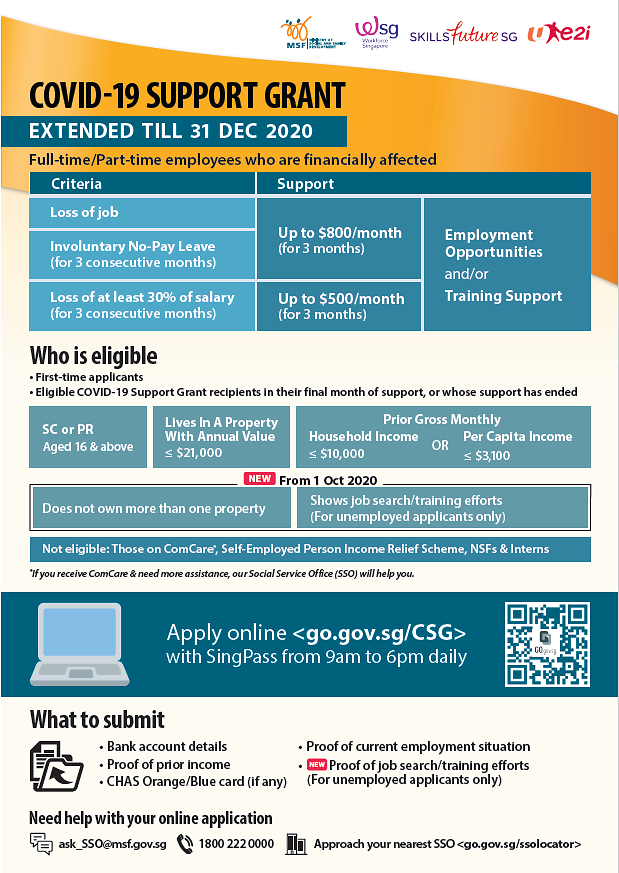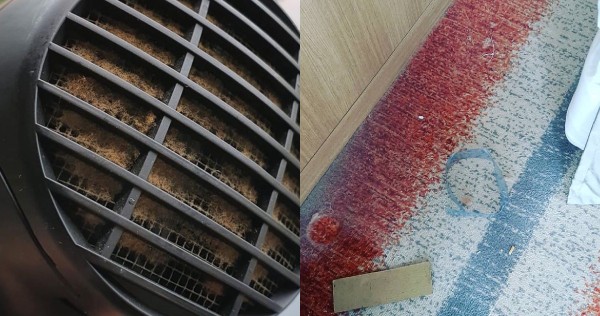SINGAPORE: Recent reports about Alibaba’s US$3 billion investment into Grab has raised speculation about the terms of the investment as well as the merits and the challenges of this potential major tie-up.
The Alibaba Group has long desired to become a global brand.
Speaking at the World Economic Forum in Davos in 2015, Jack Ma made publicly known that the Group’s goal is to serve two billion consumers, and detailed its intentions of becoming a global company to achieve that aim.
ALIBABA’s INTERNATIONAL EFFORTS
Armed with technology, experience and capital as well as a strong track-record, Alibaba, Ant – previously known as Ant Financial – and other affiliate companies have made multiple attempts to build up their presence in markets, including Southeast Asia and India.
AliExpress, its business-to-consumer (B2C) cross-border ecommerce platform, has been successful globally, with most of its customers in countries like Russia, France, Spain and Poland.
With operations in more than 200 countries and regions, AliExpress is the most visible Alibaba company outside of China.
READ: Commentary: Retail in China has exploded with online sales agents. Now Walmart wants in
Many other bigger business arms have fallen short of expectations. Alibaba Cloud has not become a viable competitor to Amazon Web Systems (AWS).
For the financial quarter ended December 2019, Alibaba Cloud earned revenue of US$1.5 billion, placing fourth in the market, behind Google, Microsoft and leader AWS, which reported just under US$10 billion for the period.
FILE PHOTO: An Alibaba Cloud sign is seen at the Alibaba Group booth during the fourth World Internet Conference in Wuzhen, Zhejiang province, China, on Dec 3, 2017. (Reuters/Aly Song)
Paytm, the Indian mobile payment and financial services company, which counts Alibaba and Ant as major shareholders, is fast losing market share. Its multiple bids into e-commerce in India have all failed.
In Southeast Asia, Alibaba’s acquisition of Lazada in 2016 was hailed as a start of many great things to come. The group also invested billions into Indonesia’s leading consumer ecommerce platform Tokopedia, dubbed “Indonesia’s own Taobao” by Chinese media.
Ant also came in aggressively, building mobile wallet joint ventures across the region, acquiring merchants to accept Alipay payment from Chinese tourists and investing in the region’s major fintech ventures with Chinese founders.
Indonesia-focused Akulaku and Thailand-based Bluepay are two such examples.
However, Ant has also seen a fair share of frustration with its partners. This was the case in its joint venture in Indonesia with Emtek backing digital payments firm Dana. The two partners reportedly differed on how much control Ant should have.
READ: Commentary: The biggest IPO in history is happening but millions may miss out
READ: Commentary: How Tencent became world’s most valuable social media company – and then everything changed
Almost all of Alibaba’s ventures in the region have fallen short of expectations in 2020, in part due to missing Chinese tourists from Southeast Asia’s cities and beaches owing to travel restrictions.
Even Wall Street is waking up to the fact that Lazada is falling behind Shopee, owned by Tencent-backed Sea Group. Consequently, Sea Group’s share prices have surged 800 per cent year in one and a half years.
A YEAR OF MULTIPLE ASSAULTS IN CHINA
Let’s also not forget what’s happening in China when looking at Alibaba’s global strategy. Domestic developments sometimes offer a preview of what is to come in other emerging markets.
Moreover, the Group’s priority has always been to defend its dominance in the Chinese ecommerce market.
First, long-time rival JD.com, has shaken off its strategic missteps and sexual assault allegations against its founder Richard Liu in the US. Its share price has doubled this year.
FILE PHOTO: JD.com founder Richard Liu attends a Reuters interview in Hong Kong, China June 9, 2017. REUTERS/Bobby Yip/File Photo
Pinduoduo, an upstart competitor, has continued its meteoric surge to take market share from the lower end of the e-commerce market, namely Alibaba’s Taobao.
Although people remains stumped by how Pinduoduo achieved a US$15 billion gross market valuation in two years when it took Alibaba five, the market is rewarding it. Its share price more than doubled this year and its potential tie-up with Indonesia-born J&T Express in China has bridged a key gap in its e-commerce play – logistics.
A bigger threat however, seems to be Meituan, which started as a group buy deals site but has over the years emerged to become the biggest food delivery company in China and has now expanded to groceries, retail, shared power banks and payments.
Its relentless drive for optimisation made the company, which recently posted a surprise second quarter profit of 2.21 billion yuan, a formidable player in the local space, beating Alibaba-owned ele.me. Alibaba’s Hema Fresh and Tmall Supermarket are also threatened by Meituan’s fast delivery capabilities.
GRAB IS IMPORTANT TO ALIBABA
With competition intensifying within China, Alibaba’s success in Southeast Asia has become even more important as the Group looks globally to diversify its income sources.
READ: Commentary: A Digital Iron Curtain may be descending between the US and China
READ: Commentary: Alibaba makes a whopping US$28 billion bet on its next breakthrough act
To stay relevant in Southeast Asia, Alibaba needs to re-assess its strategy and make big adjustments in both operations and investment.
Grab, in business model and trajectory, resembles Meituan in its earlier days. The company started with ride-hailing, a sector it still dominates across the Southeast Asian region.
Its food delivery and on-demand express deliveries are leading in most of the markets in the region. And it has a head start in the payments and financial services spaces.
Grab’s CEO Anthony Tan speaks during Grab’s fifth anniversary news conference in Singapore Jun 6, 2017. REUTERS/Edgar Su/File photo
What Grab has to offer complements Alibaba’s areas of focus – in e-commerce and fintech businesses – and neatly fits into what Alibaba would like to have, namely on-demand logistics infrastructure, regional know-how and established partner networks in each country in Southeast Asia.
So strategically it makes a lot of sense for Alibaba to take a stake in Grab – never mind that Softbank is a significant shareholder of both and may be driving some form of consolidation behind the scenes.
WHAT DOES IT MEAN FOR GRAB?
As for Grab, with its “super app” ambitions, the Alibaba investment could open up new opportunities.
READ: Commentary: Does the ride-hailing industry have a sexual harassment problem?
Grab does not have a strong exposure to e-commerce. Partnering with Lazada through Alibaba will enable it to grow its logistics network.
In the short term, any significant cash infusion will strengthen Grab’s position, especially facing Delivery Hero in food delivery and GoJek in ride-hailing in the region.
The former has been running aggressive promotions in multiple markets in Southeast Asia through subsidiaries Foodpanda and Baemin while the latter competes against Grab in Indonesia, although it trails behind in the payments space. With new funding from Alibaba, Grab can focus on building its services while keeping the company on the path of profitability.
GoJek offers a wide range of services, including deliveries and financial services AFP/BAY ISMOYO
The removal of various Ant-backed wallets as competition would also make it easier for Grab to scale up financial services to the wider region. There have been multiple reports of a potential merger between OVO and Dana, two major wallets and payment systems backed by Grab and Ant respectively in Indonesia. More such talks might follow.
POTENTIAL CHALLENGES
Ultimately, all these synergies will only translate into real benefits if both parties execute their partnership well.
A particular challenge is Alibaba’s tendency to exercise great control of its portfolio companies despite having lesser understanding of the Southeast Asian market. Many say this explains Lazada’s and ele.me’s underwhelming performances.
READ: Commentary: Is trouble brewing in Grab paradise?
READ: Commentary: Grab’s new platform fee may have raised eyebrows but it is nothing out of the ordinary
“Some Alibaba executives sent to Lazada have the natural tendency of pushing things the Alibaba way because it proved right in China,” I said in a news report in March explaining how Alibaba’s control of Lazada was creating unhappiness among the ecommerce company’s staff.
There will be tensions since Grab is also unlikely to cede control to Alibaba, given its deep roots in the region and the presence of founders who have remained in the company since day one.
People often cite Tencent, which backed the Sea Group very early on, as a good example of a strategic investor who gives unconditional support and leaves portfolio companies to run their own businesses.
FILE PHOTO: People walk past a Tencent sign at the company headquarters in Shenzhen, Guangdong province, China August 7, 2020. REUTERS/David Kirton
It is worth noting that Tencent was not always like this – it learnt its lesson and changed its stance after its epic battle with Chinese Internet security company Qihoo360 a decade ago when both parties accused each other of anti-competitive practices and took each other to court.
After the Chinese government stepped in to resolve the issue and both companies made public apologies, Tencent’s founder Pony Ma publicly reflected on the incident, the lessons the group learnt and acknowledged it might have overreached.
Another potential challenge is the larger effort needed to align Grab’s vision and expectations as more stakeholders are brought into the picture.
Either way, a new chapter of Southeast Asia’s tech development will commence if this tie-up materialises.
Li Jianggan is founder and CEO of Momentum Works, a Singapore-based venture outfit. He was also previously MD Singapore of Foodpanda, co-founder and Regional MD of Easy Taxi.












